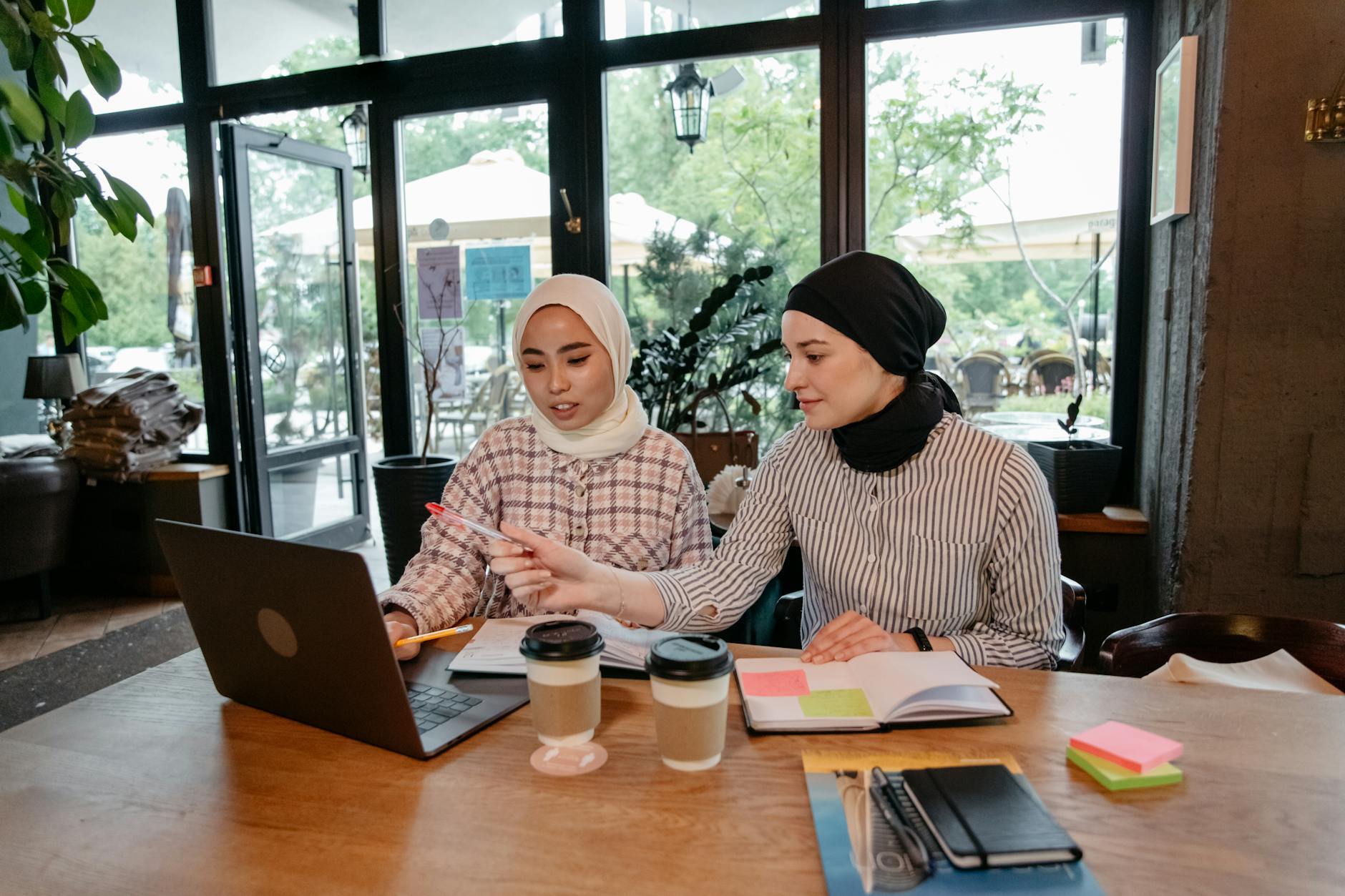What Makes Australia's Children's Fashion Scene a Leader in Sustainability?

Why Sustainability Matters
Sustainability in children's clothing is increasingly becoming a focal point in the fashion world, especially here in Melbourne. Tapping into this trend, Melbourne Fashion Week events highlight the urgency and importance of adopting sustainable practices. Our choices in purchasing kids clothes extend beyond aesthetics—they have significant environmental implications. Opting for sustainable pieces helps reduce waste and minimises the carbon footprint associated with fast fashion.
Not only does sustainability matter for our planet, but it also contributes significantly to the well-being of future generations. When we select sustainably produced baby clothes Australia, we support safe and fair labour standards, thus fostering a future where ethical treatment is the norm across industries. This conscious decision-making helps create healthier and more responsible communities.
Additionally, families directly benefit from opting for sustainable options. For instance, investing in high-quality, ethically produced kids pyjamas ensures clothing longevity, ultimately offering better value for your investment. Parents can feel reassured that such choices provide comfort and durability, keeping children happy and parents satisfied with their lasting wear.
In Brunswick's eco-friendly fashion hubs, these actionable insights come to life. By choosing sustainability, we contribute to a more ethically sound and environmentally friendly world, making a difference one purchase at a time.
Materials and Production
Organic Fabrics Used
In the dynamic world of children's avant-garde fashion, the choice of fabric plays a crucial role not only in style but in sustainability. When you wander through eco-friendly fashion hubs in Brunswick, you'll frequently come across brands prioritising organic fabrics. These natural materials, such as organic cotton and hemp, are cultivated without harmful pesticides, making them a safer choice for the environment.
Eco-Friendly Production
In addition to the materials themselves, eco-friendly production is a key aspect of sustainable fashion. Many Melbourne brands are pioneering innovative methods to reduce waste and energy usage in their manufacturing processes. This includes using less water and employing renewable energy resources. Such operations align with the ethos of the Melbourne Fashion Week events, which often highlight groundbreaking sustainable practices.
Innovative Techniques
Innovation isn't confined to materials and processes; it's also about design. Modern techniques like fabric recycling and upcycling are reshaping how we view traditional clothing items. For instance, transforming conventional garments into versatile options like track pants and skort showcases the ingenious way designers are responding to sustainability challenges. These practices not only cut down on textile waste but also create unique, desirable pieces for children like Ethan's. High-quality boys clothes designed through such methods ensure durability and comfort, addressing both practical needs and ethical concerns in fashion.
Brands Leading the Way
Ethical Practices Employed
In Melbourne's vibrant fashion scene, where events like Melbourne Fashion Week showcase the forefront of sustainable fashion, it's inspiring to see brands like those producing girls dresses setting the benchmark in ethical practices. These companies are committed to fair labor conditions, ensuring that every piece crafted supports workers' rights and provides safe, supportive environments. This extends to transparent supply chains that trace every garment's origin, creating a culture of responsibility and trust. Such practices not only uplift local communities but also set a global standard for ethical manufacturing in children's clothing.
Community Involvement
Brands at the forefront are not just focused on profits; they actively engage with the community, drawing inspiration from Melbourne's eco-friendly hubs like those found in Brunswick. They initiate local partnerships and empower communities by incorporating indigenous designs and supporting local artisans. This sense of inclusion resonates deeply with consumers who value authenticity and social responsibility. By harnessing community resources and fostering local collaborations, these brands create a more inclusive and diverse narrative in children's fashion.
Transparency Initiatives
Transparency is pivotal in today's fashion landscape, particularly for avant-garde children's clothing. Forward-thinking brands are taking bold steps in this arena, openly sharing their sourcing and production processes. Whether it's by detailing how their onesie collections are made or offering insight into their sustainable initiatives, these companies build trust with consumers. By prioritising openness, they empower buyers to make informed decisions, aligning purchase choices with their values for a more sustainable future.
Consumer Choice Influence
Educating Families
In an era where every purchase decision can influence the world, educating families on sustainable fashion choices becomes imperative. Parents, particularly those like Ethan, who are seeking reliable and durable clothing, should consider the ethical and ecological attributes of kids activewear. For instance, activewear made from organic cotton or recycled materials not only provides comfort but also significantly reduces the negative impact on the environment. These materials are free from harmful chemicals, ensuring safe wear for children.
Sustainable Shopping Habits
Adopting sustainable shopping habits involves understanding the broader implications of clothing purchases. This might mean prioritising companies known for transparency about their production processes and commitment to eco-friendly practices over brands that simply offer convenience. For example, when looking for baby clothes, it’s beneficial to choose items that have certifications for ethical manufacturing processes, indicating they adhere to stringent environmental standards. This kind of informed buying supports brands committed to creating a sustainable future for all.
Involvement in Certification
Participation in certification programs enhances a consumer's assurance in making informed fashion decisions. Certifications like the Global Organic Textile Standard (GOTS) or the Fair Trade mark are key indicators of sustainable practices. Engaging with and understanding these certifications can empower consumers to make decisions that align with their values supporting eco-friendly initiatives in the fashion industry. This knowledge enables parents, especially those mindful about the clothing quality and impact, to make choices that resonate with their ethical commitments.
Avoiding Common Missteps in Sustainable Fashion
Misunderstanding Labels
In the vibrant world of sustainable fashion, especially here in Melbourne, mislabeling poses a significant challenge. As professionals gathered during discussions at Melbourne Fashion Week know well, terms like "eco-friendly" or "[organic kids clothes]" can be misleading without proper regulation. To address this, it's crucial to go beyond the labels and delve into what they really stand for. By studying certifications and familiarising ourselves with initiatives at eco-friendly hubs in Brunswick, we can strengthen our understanding and make informed choices that truly support sustainability.
Scrutinising Sustainability Claims
It's easy to be dazzled by bold sustainability claims, but we must stay vigilant. It's not uncommon for brands to exploit the trend without fully committing to eco-friendly practices. Engaging with local artistic installations at the National Gallery of Victoria can inspire and educate us to embrace fashion that genuinely respects both our environment and our future. By looking into a brand's supply chain and production methods, we can discern genuine efforts from mere marketing ploys.
Balancing Trends and Longevity
While avant-garde children's clothing can be tantalising with its cutting-edge designs, focusing solely on trends can lead to a cycle of constant consumption, undermining sustainability efforts. Instead, we should prioritise long-lasting, versatile pieces—items that can be styled across seasons without sacrificing that avant-garde flair. This ensures that we're not only supporting artistic innovation but also creating a wardrobe that echoes a sustainable future.


